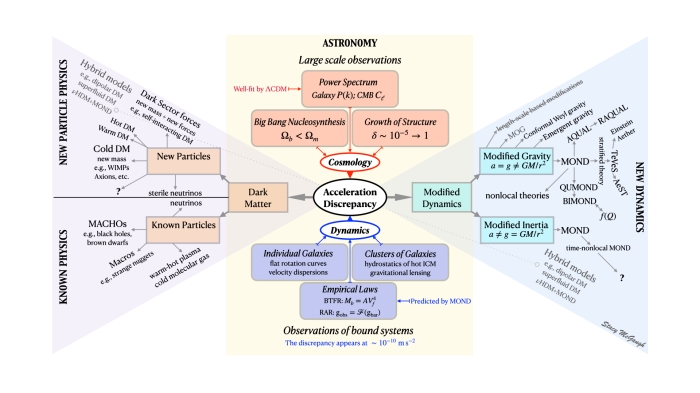
I think the time has come for another update on wide binaries. These were intensely debated at the conference in St. Andrews, with opposing camps saying they did or did not show MONDian behavior. Two papers by independent authors have recently been refereed and published: Chae (2023) in the Astrophysical Journal and Hernandez (2023) in Monthly Notices . These papers both find evidence for MONDian behavior in wide binaries.







